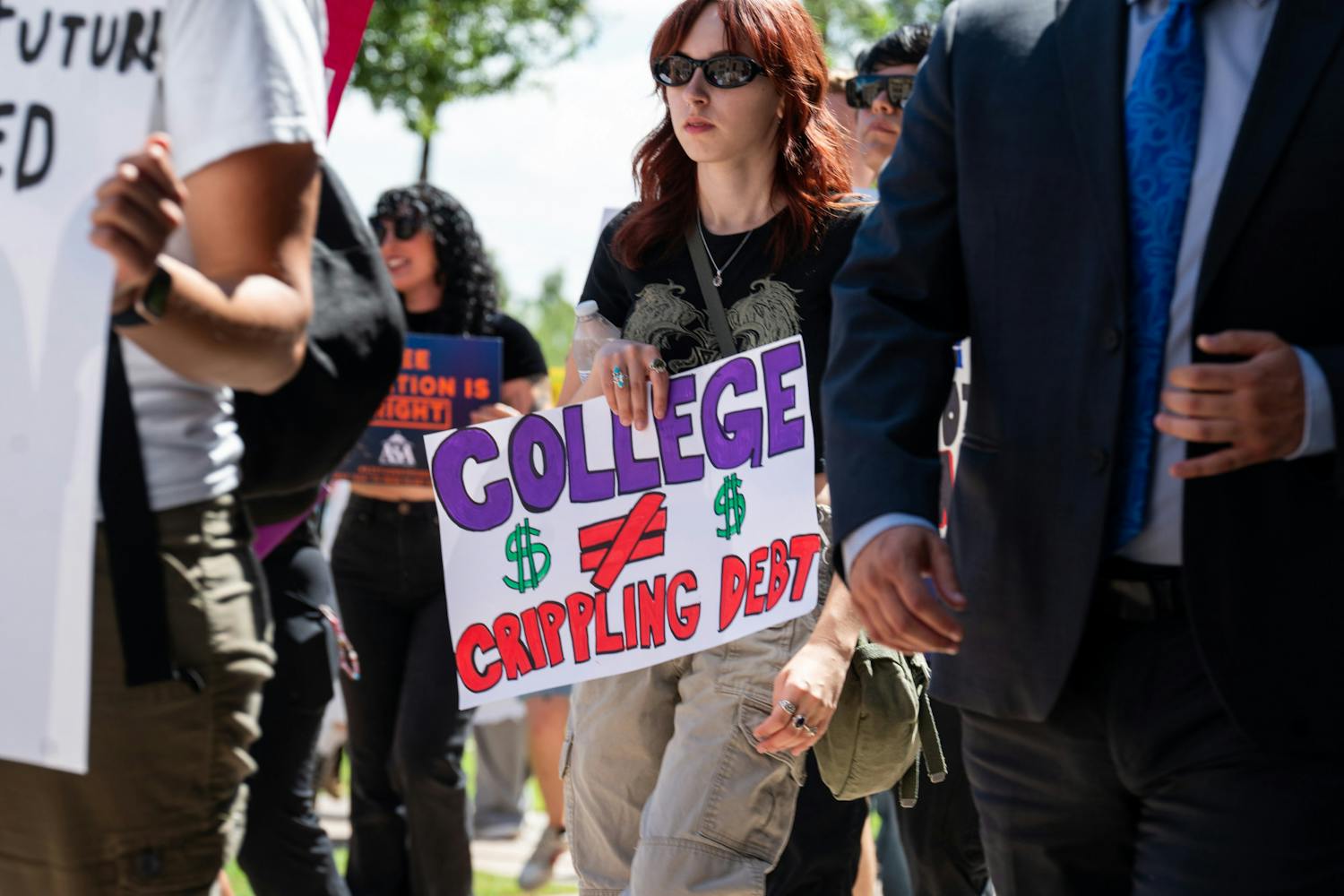Twenty-six ASU students spent Spring Break doing more than beach bronzing and booze cruising.
Participants in ASU's two Alternative Spring Break programs spent their time off doing community-service work in rural Arizona.
"The primary purpose is to give back to the community that we've all taken so much from," said Alex Delgadillo, a history sophomore and student coordinator for the program.
The program is open to all ASU students, he said.
"You should definitely help your community, even if it's not your direct community," he said. "All of Arizona is our community."
Delgadillo and 17 other students traveled to Elgin, Ariz., to visit the National Audubon Society Research Ranch.
At the ranch the students spent three days helping to build a stretch of the facility's wildlife-friendly fence, said Selase Kwawu, a recreation and tour management sophomore.
A wildlife-friendly fence is a fence that is safe for animals to go under and jump over without being injured, said Bill Branan, Apacheria project director at the ranch.
"They ended up building over three-quarters of a mile of wildlife-friendly fence," he said. "They did in a week what would have taken our maintenance guy at least a month."
Branan said he thought the students learned a lot from the trip and in turn, the ranch and wildlife surrounding the ranch benefited from the students.
"I know the deer aren't going to line up and thank them, but the fact is they made the world better for the deer."
After the trip was over Kwawu said he had a much greater respect for hard labor.
Though it was his first Alternative Spring Break trip, Kwawu said it exceeded his expectations.
"I didn't really have high expectations when I first started, but after it was all over I felt like I actually did something," he said.
Marisol Silva -- the coordinator for ASU for Arizona, a community-service group that sponsored the trips -- was part of the second trip that visited Navajo Nation.
Silva and a group of eight ASU students participated in a powwow put on by Chinle High School.
"It's kind of like a big celebration for Native Americans," Silva said.
The powwow consisted of Native American dance competitions, drum group competitions, and several vendors.
ASU students also helped set up children's activities at the powwow, Silva said.
"The Spring Break participants put on a kids' carnival so that the kids attending the carnival would have games to play," she said.
In addition to working at the powwow, students also had an opportunity to visit the village of Walti and the Navajo Nation's capital city, Window Rock, Silva said.
As a staff member, Silva said she enjoyed seeing students learn about a different culture.
"I've been working on this all year, and it was fabulous to see the students have such a good time," she said.
The cost of the two programs is $20 dollars for the trip to the National Audubon Society Research Center and $40 for Navajo Nation, Silva said.
She said the estimated cost to the University is $680 per student.
Silva said they are working on getting an Alternative Spring Break club started so that students can have more input and opinion on the destinations.
Reach the reporter @ at kelsey.perry@asu.edu.



